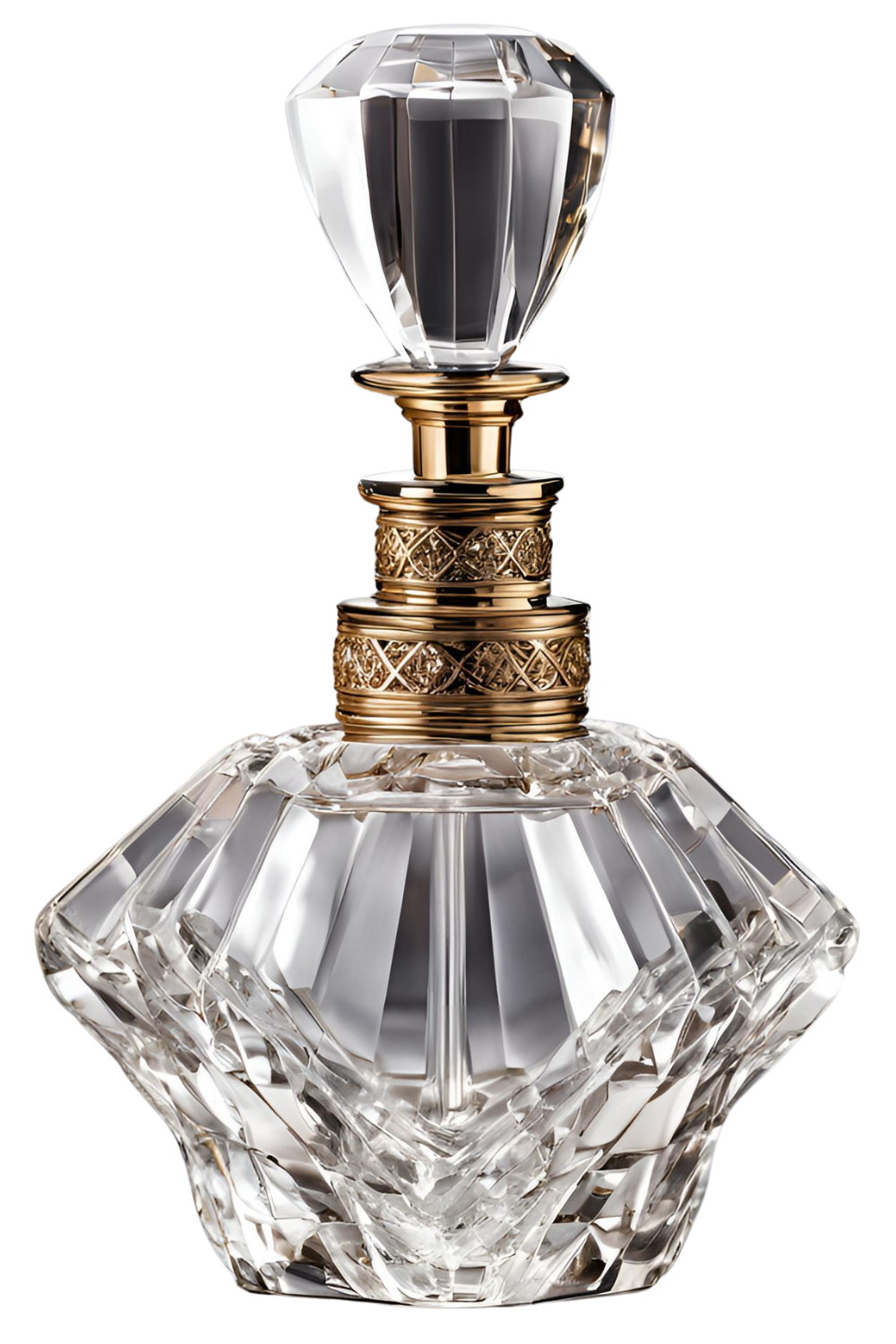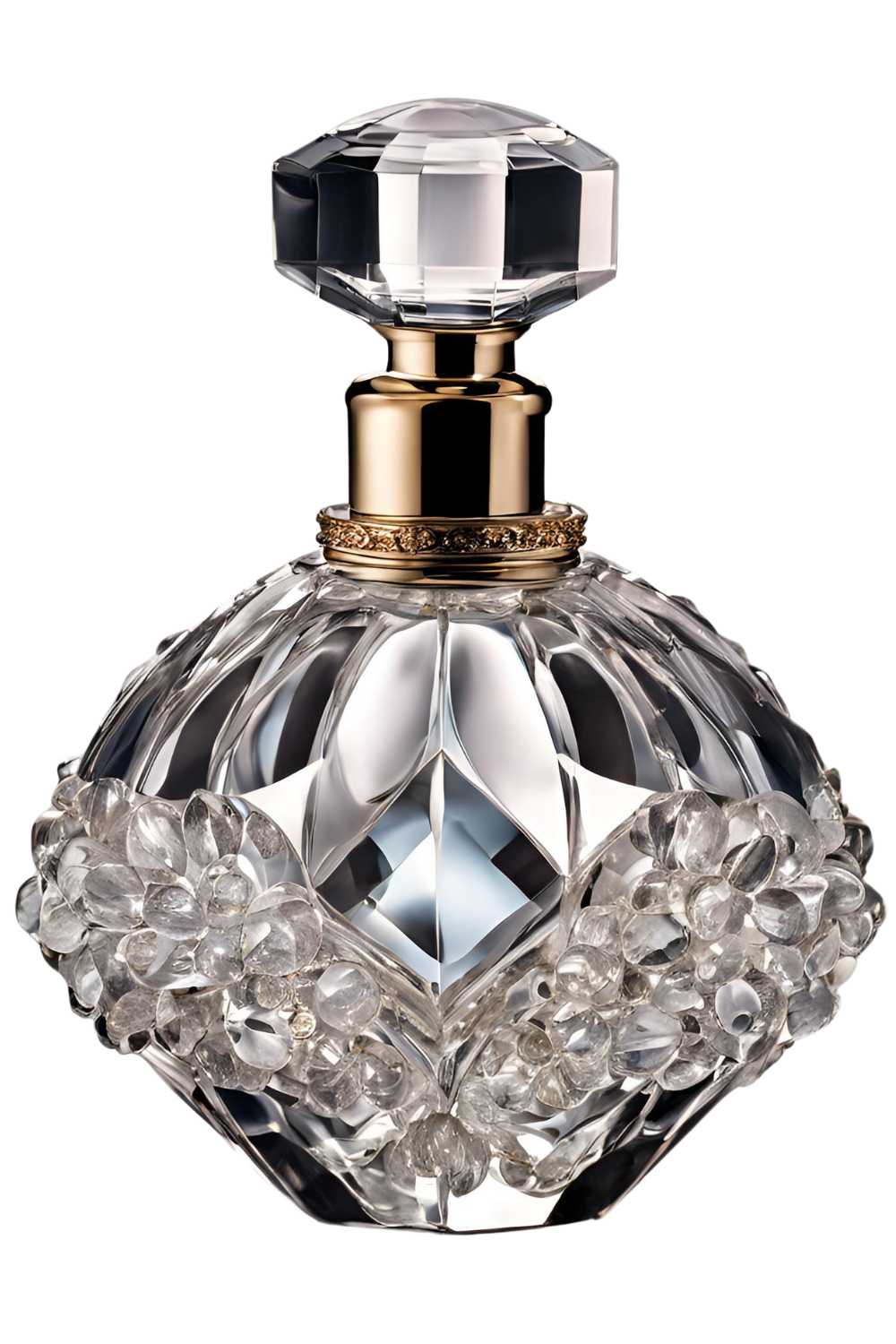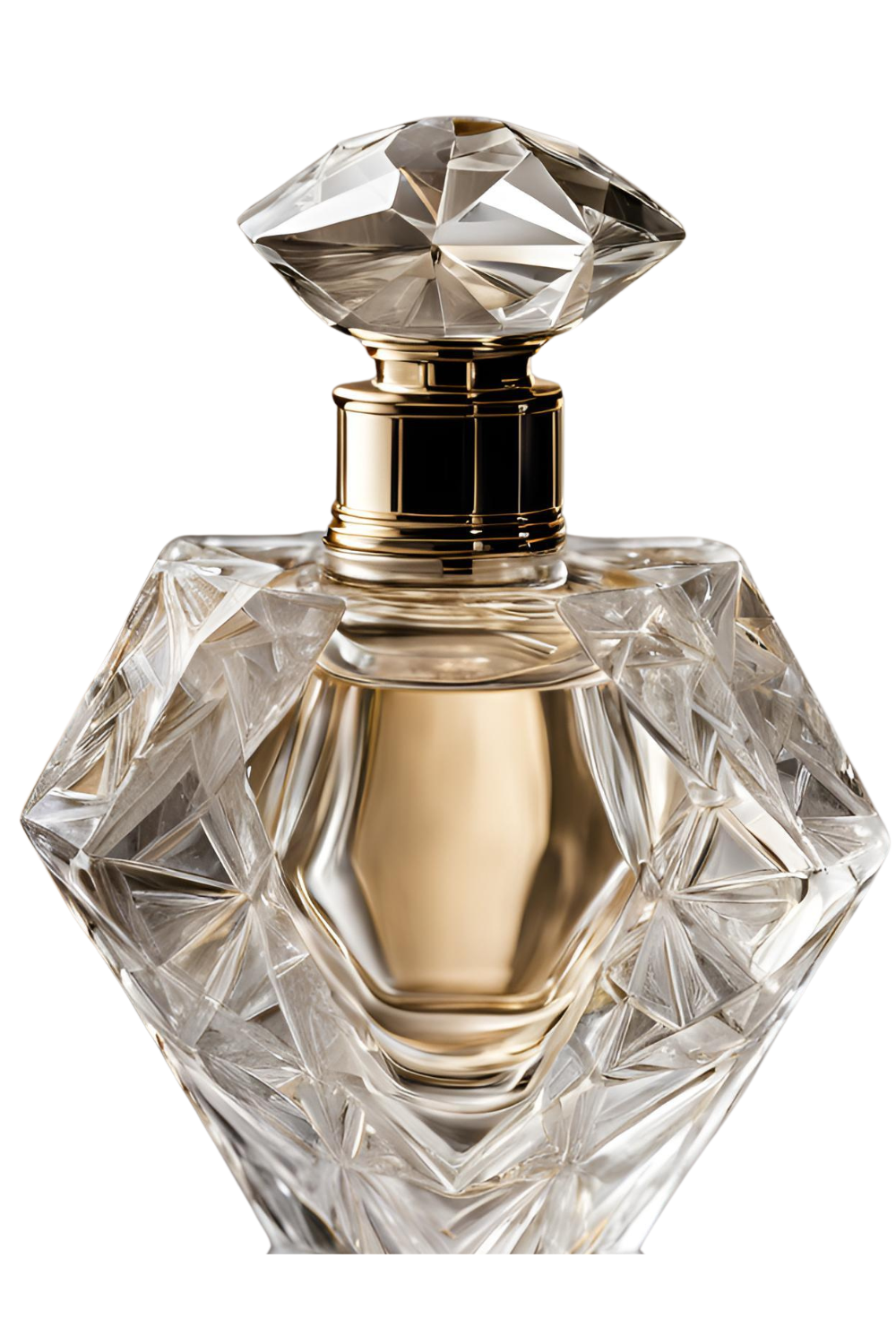As An Amazon Associate, I Earn From Qualifying Purchases.

The Fascinating History of Perfume
Perfume has captivated humanity for centuries, tracing its origins back to ancient Mesopotamia, Egypt, and the Indus Valley. Initially used in religious rituals, perfumes were later embraced by royalty and the elite, symbolizing luxury and sophistication. With the advent of modern chemistry, the art of perfumery evolved into a complex science, blending natural and synthetic ingredients to craft signature scents. Today, perfumes remain a cherished expression of individuality and style, appealing to diverse tastes worldwide.
Imagine walking into a bustling marketplace in ancient Rome, where the air is thick with the scent of handmade oils and aromatic resins—an early testament to the power of fragrance. You watch as merchants proudly display their blends of rose, myrrh, and sandalwood, enticing customers with the promise of beauty and sophistication. This image serves as a captivating backdrop for the journey of perfumes through the ages and its current popularity. As you explore this captivating history of perfumes, you'll uncover fascinating insights into the evolution of fragrances and their integration into modern lifestyles.
Shop Perfumes on Amazon

Ancient Civilizations and Their Fragrance Practices
From the earliest days of civilization, people embraced the art of perfume-making. Ancient Egyptians, for example, skillfully extracted oils from flowers, herbs, and spices. Evidence obtained from tombs dating as far back as 3000 BC shows carved vessels that held these fragrant oils. This practice not only enhanced personal grooming but also highlighted social status.
The Greeks and Romans took this appreciation further, indulging in luxurious fragrances during personal grooming and public events. Their belief in the therapeutic properties of scents played a crucial role in enhancing their quality of life. Scents became an essential aspect of cultural expression, reflecting the values and beliefs of these ancient civilizations.
The Role of Perfumes in Religious and Ritualistic Ceremonies
Perfumes held a sacred significance, often used in religious ceremonies across various cultures. The combination of aromas in these rituals was believed to honor deities and enhance spiritual experiences. The use of perfumes in religious ceremonies allowed communities to commemorate important occasions, signifying a connection with the divine.
This intersection of scent and spirituality established a sophisticated art form that continues to influence modern perfumery practices. The historical significance of perfume in religious ceremonies highlights its role in cultural identity and personal expression.
Shop Perfumes on Amazon

Major Historical Events That Influenced Perfume Development
Historical fragrance development reflects the dynamic interplay between societal changes and technological progress. The rise of the Industrial Revolution shifted the focus from artisan perfumery to mass production, drastically changing how products were marketed and sold. Global trade routes further enriched the perfume industry, allowing for the exchange of exotic ingredients and ideas, which enhanced the overall quality and diversity of scents.
Significant milestones such as the introduction of modern marketing strategies in the 20th century, alongside the rise of celebrity fragrances, have continued to propel the evolution of fragrances. This ongoing journey illustrates how perfumes not only resonate with our personal identities but also serve as markers of cultural moments and trends over time.
From Natural Ingredients to Synthetic Formulations
In ancient times, fragrances primarily derived from natural ingredients such as flowers, leaves, and essential oils. These elements played a crucial role in daily life, as across various cultures, scents were associated with rituals, healing, and personal adornment. The use of natural ingredients laid the foundation for the rich tapestry of scent that engages the senses today.
The advent of synthetic fragrances marked a significant turning point. In the 19th century, innovations in chemistry allowed perfumers to create scents that were not only more affordable but also diverse in character. Synthetic compounds provided versatility, enabling the development of aromas that were previously unattainable from natural sources. This shift dramatically altered the fragrance landscape, making perfumes accessible to a wider audience while expanding the creative possibilities for fragrance makers.



